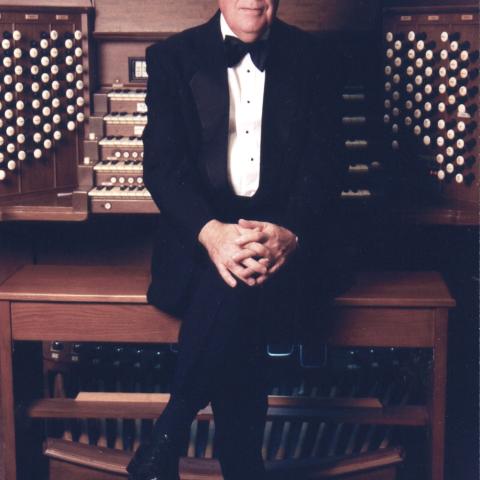
Donald Sutherland retired from full-time teaching at the Peabody Conservatory of the Johns Hopkins University, Baltimore, Maryland, at the conclusion of the 2015–16 academic year. He continues to teach on an adjunct basis. Sutherland has served on the Peabody organ faculty since 1986, where he acted as coordinator of the program. In 1997, he was given the Excellence in Teaching Award by the Johns Hopkins Alumni Association. An active member of the American Guild of Organists, Sutherland served three terms as national secretary. He is the music director emeritus at Bradley Hills Presbyterian Church in Bethesda, Maryland, where he served in the music ministry for 25 years.
Reflecting upon his retirement, Donald Sutherland says: “For me, Peabody has always been about the students. Some of them might say that I gave a lot to them, but I would say that it was nothing compared to what they have given me.” Sutherland’s page on Peabody’s website can be visited at www.peabody.jhu.edu/conservatory/faculty/sutherland/index.html.



